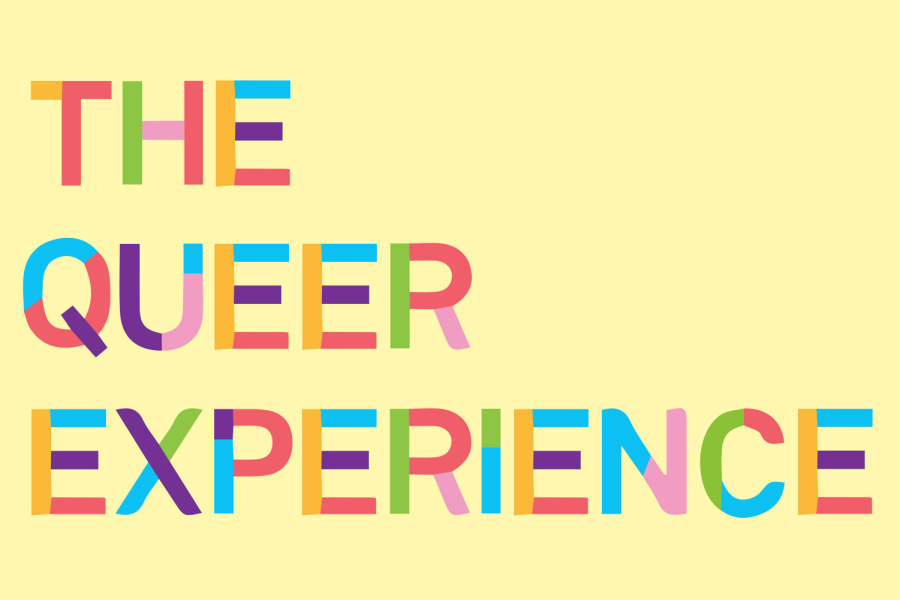In recent years, queer people have used their appearance not just to express themselves but also to identify one another. Dyed hair, unique jewelry, large boots and facial piercings are only a few examples of the newly established queer fashion. The way queer people present themselves is first and foremost their own form of self-expression but it is also a way to let other queer people know that we are a part of the same community.
Speaking from personal experience, I am much more likely to start a conversation with someone if they present themselves in a way I see as queer. Usually, it tells me that this person is someone who is safe to approach and easy for me to relate to. This is clearly a positive aspect of queer fashion, as queer people meeting and connecting with each other is integral to the progression of our community. Recently, however, I’ve seen this trend take an unusual term. Straight people have begun to think it is acceptable to generalize and stereotype queer individuals based on the clothes they wear or how they choose to present themselves.
I’m sure most queer people have experienced someone saying to them, “But, you don’t look gay!” This type of thinking perpetuates the idea that queer people are only allowed to exist in a way the rest of the world allows them to. If our style is too unique, we’re an “eyesore,” but if we choose only to wear sweatpants and a hoodie, we “look too straight.” Straight people (although sometimes unconsciously) tend to jump at every chance to control and restrict the queer people around them to protect their own heterosexual comfort.
Being queer does not require you to dress in any specific way. Many queer people enjoy the self-expression that comes from queer fashion, but many of us are entirely content with natural-colored hair, no piercings and the same sweatshirt every day. The clothes someone chooses to wear do not add to or invalidate anybody’s identity. Personally, I enjoy dyeing my hair bright colors, painting my nails and wearing large jewelry, but some days I choose not to. On the days I appear “straight-passing,” my identity is just as valid as any other day.
Society using queer people’s appearances against them is harmful in a multitude of ways. Growing up, I never felt comfortable coming out publicly and was afraid of people finding out I was queer. Because of this, I never got to express myself the way I always wanted to. I missed out on dyeing my hair bright colors, wearing big earrings and painting my nails because I knew that people would see how I dressed and immediately make assumptions about my sexuality. I grew up in a relatively small town outside Atlanta, Ga. and did not feel I was in a position where it was safe for people to know I was queer. I did not get to truly express myself until I got to college.
This ties into a common theme I often write about: Queer individuals do not owe anyone an explanation. You are allowed to dress however you want, your hair can be any color you would like it to and there’s no such thing as too many piercings. Additionally, nobody has the right to generalize queer people based on the way they choose to dress. Not every gay person will dye their hair purple, and not every person with purple hair is gay. Sexuality is already a highly complex spectrum, and there is no need to make it even more challenging to understand.
Zach Leach can be reached at [email protected] and followed on Twitter at @ZachLeach12.




















